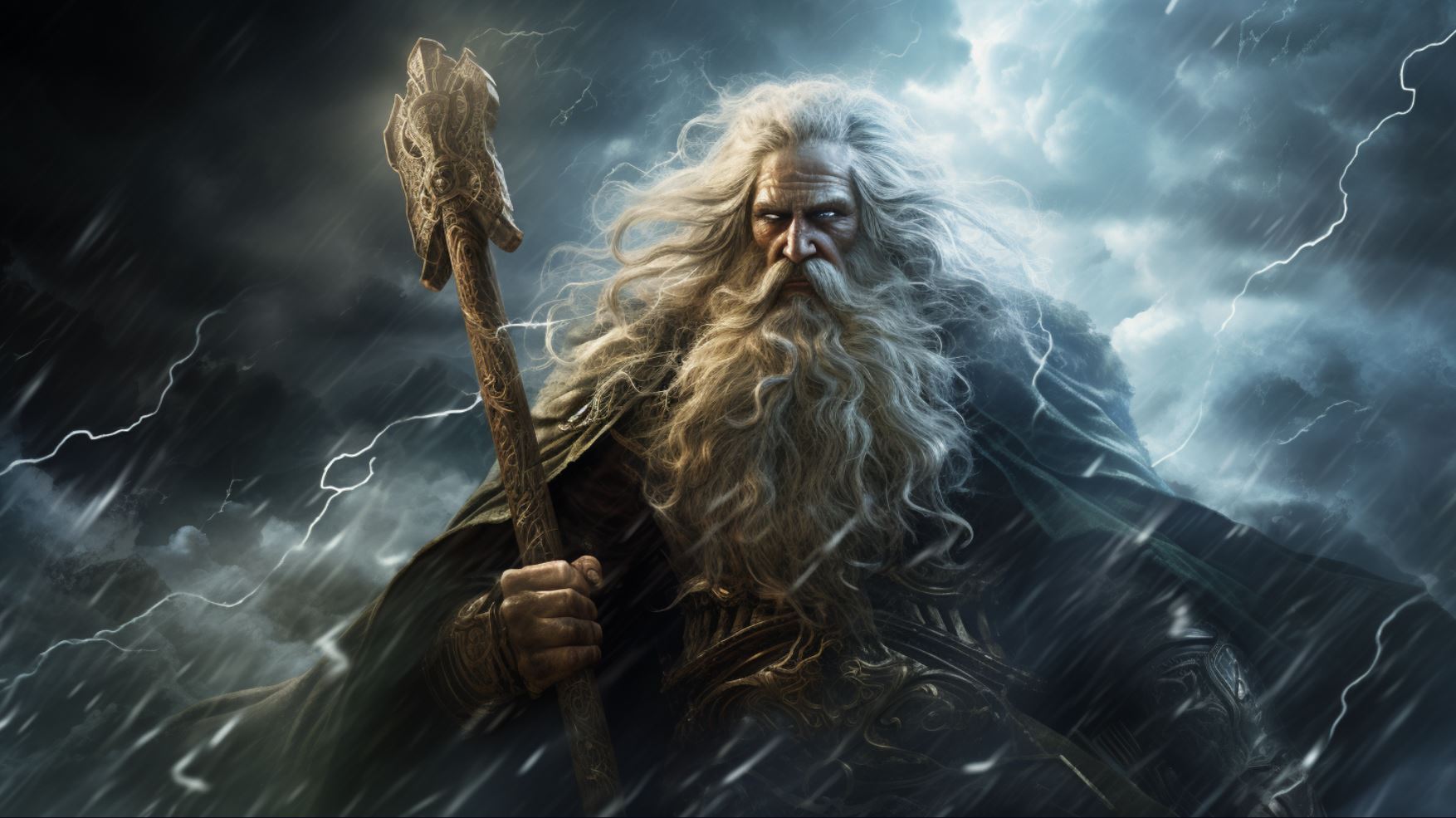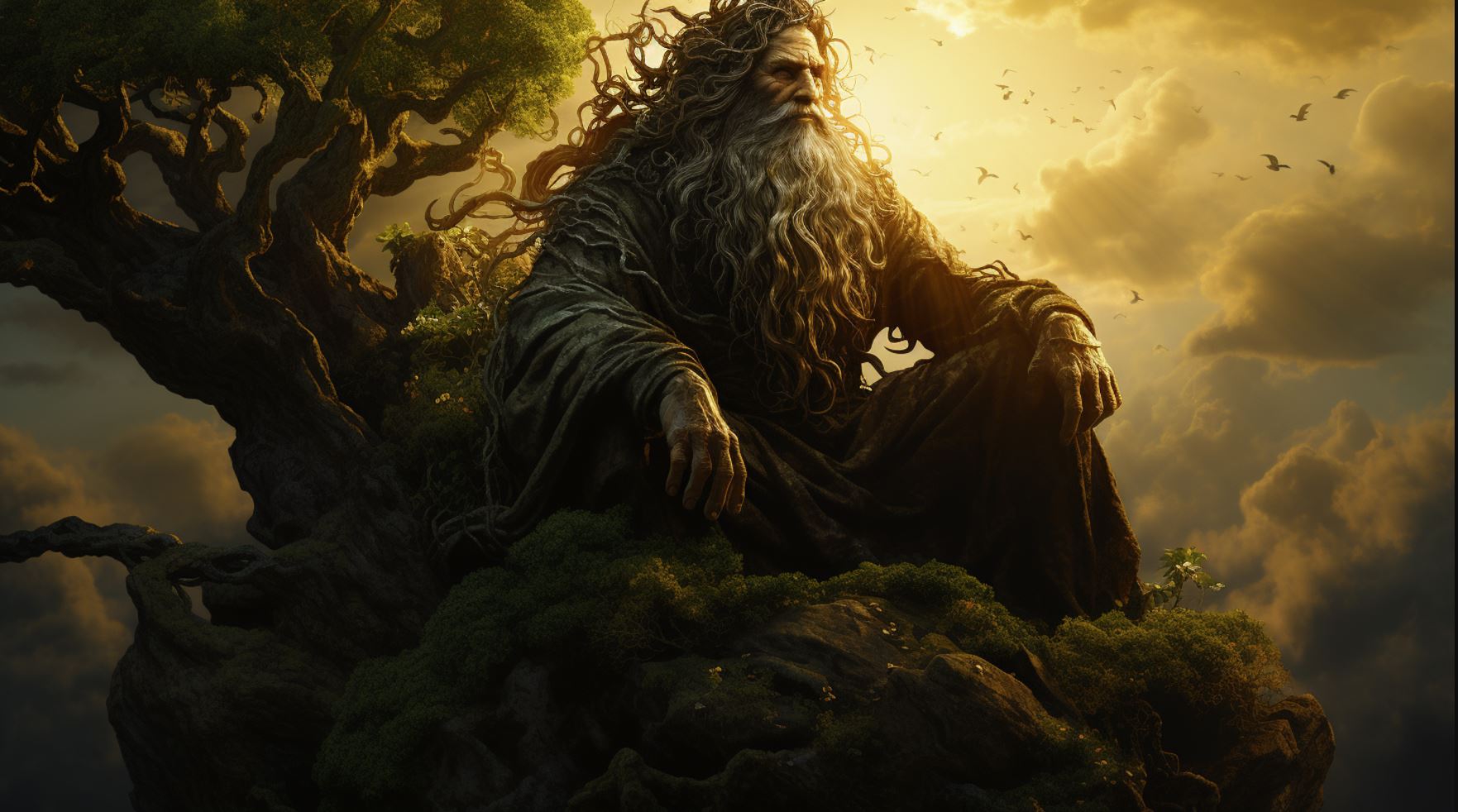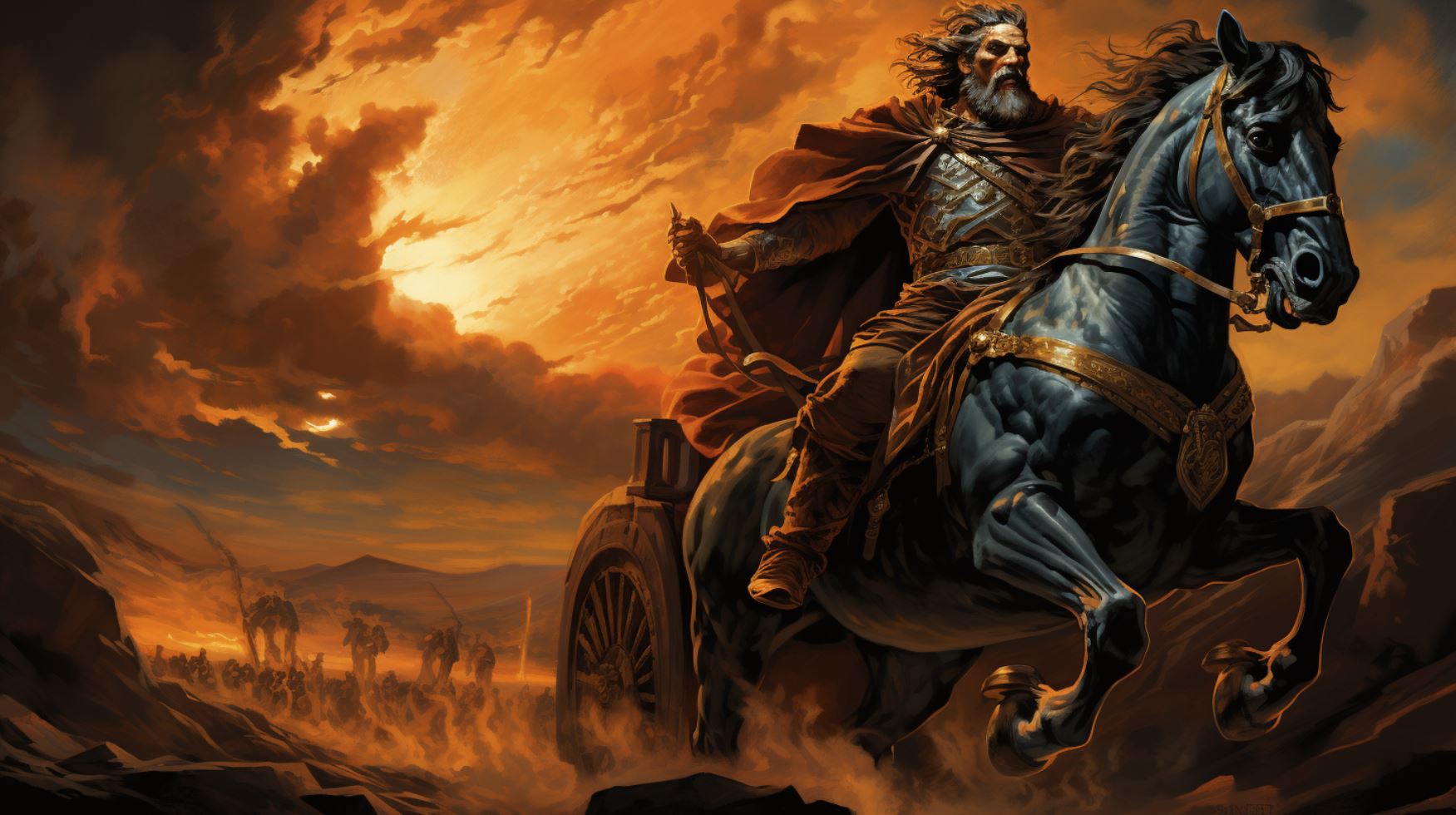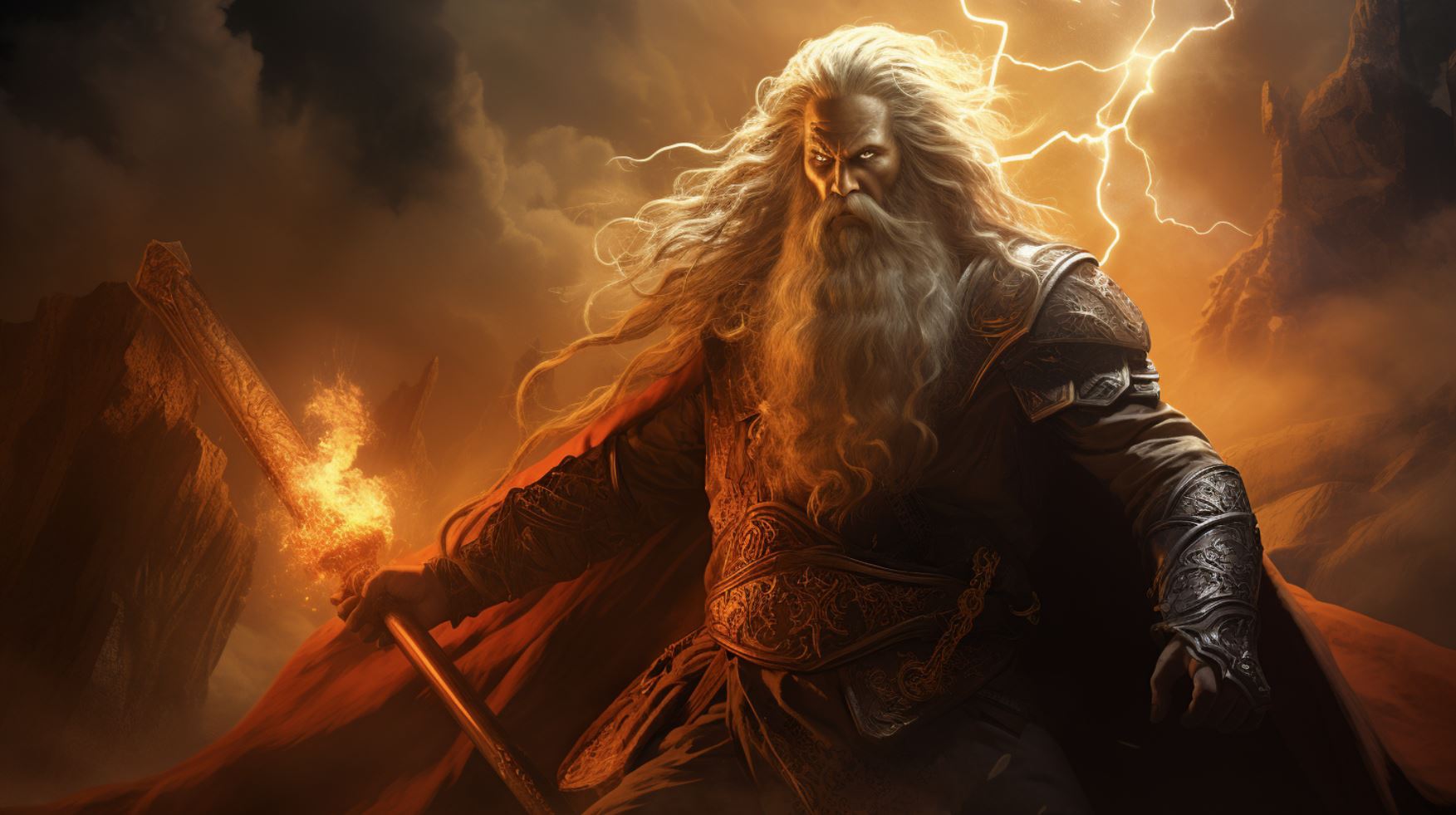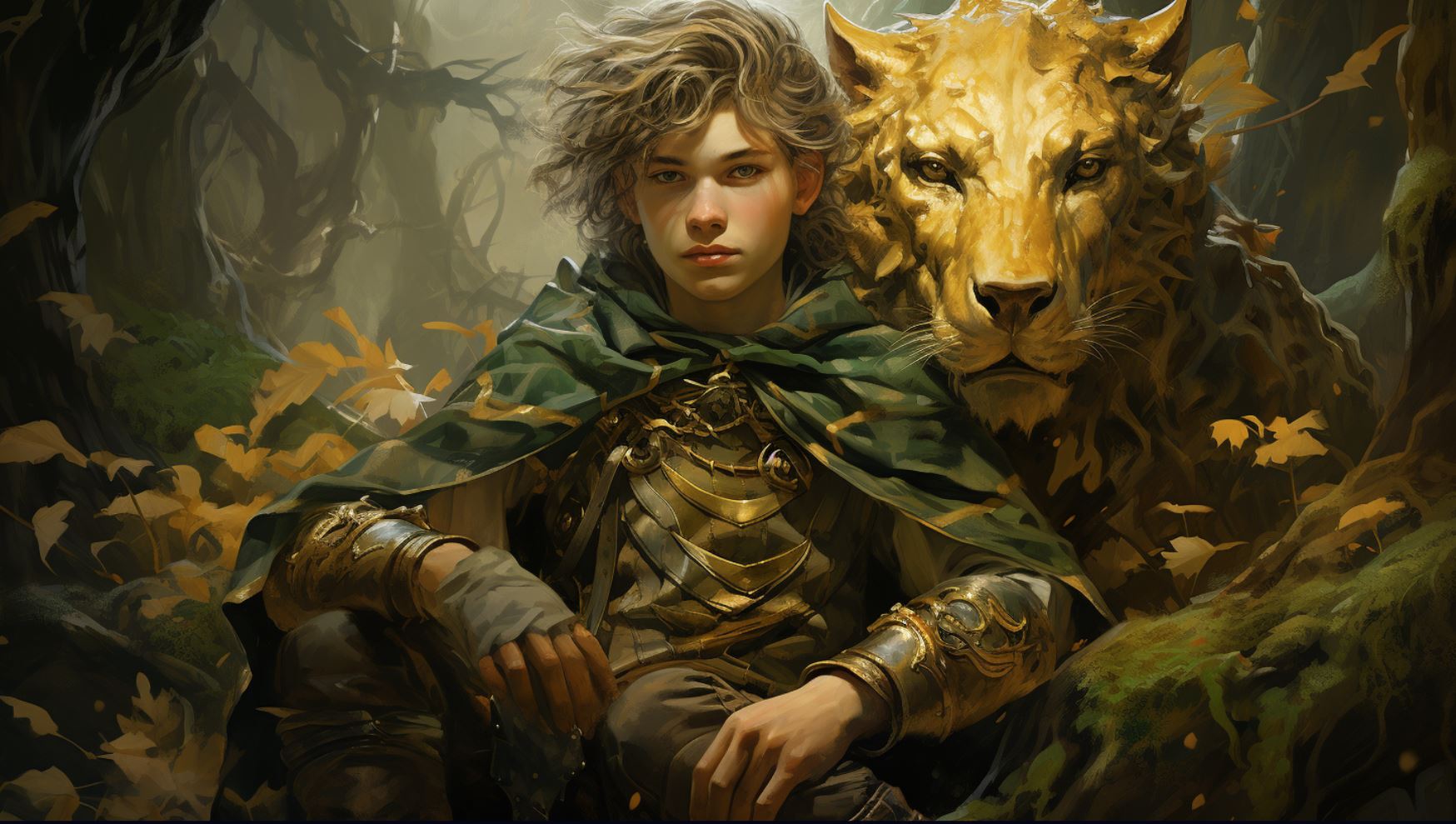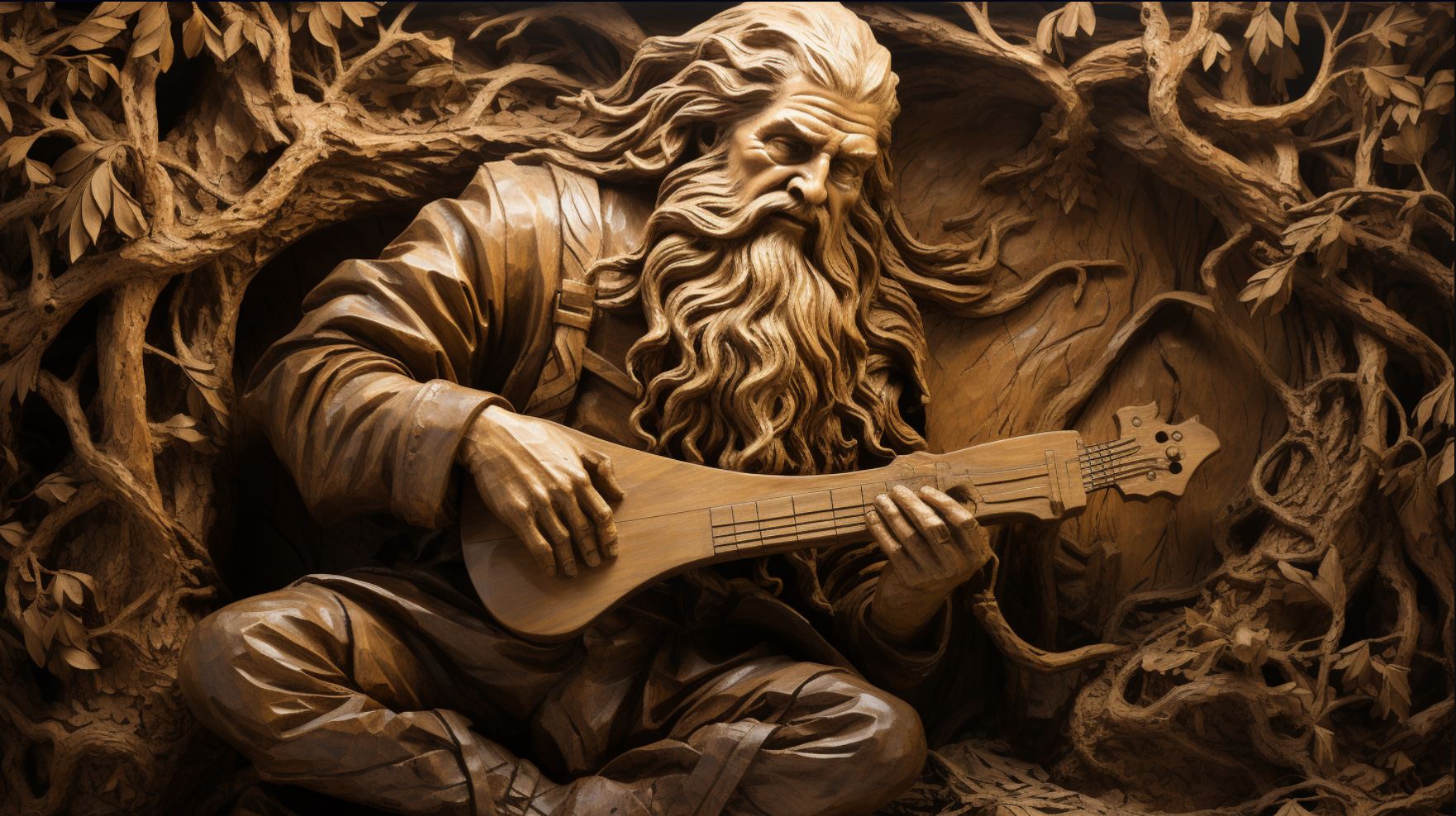Toutatis Celtic God: Unveiling the Ancient Deity of the Celtic Tribes

Toutatis Celtic God, also known as Teutates, holds significant importance in Celtic culture. This ancient deity, associated with sacrifices, is often equated with Roman gods like Mercury, Mars, and possibly Apollo. Inscriptions and dedications found in Britain provide evidence of Toutatis’ worship, along with physical artifacts such as silver plates, altars, swords, and rings.
Despite the lack of visual representations, historical writings and physical evidence from Gaul and Britain shed light on the mysterious nature of Toutatis. In this article, we delve into the background, characteristics, worship, and connections of this fascinating Celtic god.
Overview of Toutatis Celtic God
Toutatis Celtic God is a fascinating figure deeply rooted in the ancient Celtic culture. This overview will delve into the background and context surrounding Toutatis, as well as highlight its importance within Celtic society.
Background and Context
The origins of Toutatis can be traced back to the Celtic tribes that inhabited Gaul and Britain during ancient times. As a deity associated with the tribal concept, Toutatis held a significant role in the lives of the Celtic people, influencing their social structure, religious practices, and collective identity.
Importance in Celtic Culture
Within Celtic culture, Toutatis occupied a revered position as the #8220;god of the tribe.” This title signifies the deity’s fundamental connection to the intricate dynamics and organic harmony of the Celtic community.
Through its association with sacrifices, Toutatis cemented its significance in religious rituals and ceremonies that sought to establish and maintain communal bonds.
Furthermore, Toutatis was often compared to prominent Roman gods, such as Mercury, Mars, and Apolo.
This parallel demonstrates the transcultural influence and symbolism of Toutatis within the broader context of ancient civilizations. Additionally, the mentions of Toutatis alongside fellow Celtic deities like Esus and Taranis further emphasize its pivotal role in the Celtic pantheon.
To gain a deeper understanding of Toutatis Celtic God, the subsequent sections will explore its characteristics, associations, worship practices, and the enigmatic aspects that shroud this ancient deity.
Characteristics and Associations of Toutatis
As we delve into the world of Toutatis Celtic God, it is essential to explore the various characteristics and associations linked to this enigmatic deity.
Through an examination of the meaning of the name, its connections to Roman gods, and its relationship with other Celtic deities, we can gain a deeper understanding of Toutatis’ significance within the Celtic pantheon.
The name Toutatis holds great significance in understanding the nature of this Celtic god. Originating from the Gaulish language, Toutatis translates to “god of the tribe.” This designation highlights Toutatis’ role as a divine figure who protected and governed the welfare of the community.
The name itself manifests the ancient reverence and dependence that the tribes had for this deity.
Links to Mercurio, Marte, and Apolo
Toutatis shares compelling associations with gods of the Roman pantheon, particularly Mercury), Mars), and (Apollo). Roman writers have drawn parallels between the attributes and functions of these deities and Toutatis.
This connection suggests that Toutatis embodied similar powers and qualities as these well-known Roman gods. It deepens our understanding of how the Celtic and Roman cultures intersected, assimilating aspects of their religious beliefs.
Connections with Esus and Taranis
In addition to the correlation with Roman gods, Toutatis also exhibits connections with other Celtic deities such as Esus and Taranis. These divine interrelationships highlight the intricate web of Celtic mythology and the interplay between different gods.
The exact nature of the connections between Toutatis, Esus, and Taranis remains subject to speculation and interpretation, but it emphasizes Toutatis’ position within the broader celestial hierarchy of the Celtic deities.
Worship and Rituals
Welcome to the exploration of the worship and rituals associated with Toutatis Celtic God. This section delves into the various practices and customs surrounding the veneration of this ancient deity.
Sacrificial Practices
Sacrifices were an integral part of the worship of Toutatis.
The Celtic people believed that by offering sacrifices, they could gain favor with the god and ensure the prosperity and protection of their tribe. These sacrifices could include animals, valuable possessions, and even, according to some accounts, human offerings.
Archaeological evidence suggests that ritual sacrifices were performed in dedicated sacred spaces, such as stone circles or groves, where the presence of Toutatis was believed to be strong. These rituals were often overseen by druids, the religious leaders of the Celtic tribes, who acted as intermediaries between the people and the deity.
A significant amount of evidence for the worship of Toutatis comes from inscriptions and dedications found throughout ancient Gaul and Britain. These inscriptions served as declarations of devotion and reverence to the god.
Inscriptions have been discovered on stone altars, plaques, and various other objects. They often include the name Toutatis alongside expressions of gratitude, prayers, and requests for the god’s blessings. These inscriptions provide valuable insights into the depth of belief and religious practices associated with Toutatis.
Physical Artifacts Related to Toutatis
Alongside inscriptions, numerous physical artifacts have been found that are directly linked to the worship of Toutatis. These artifacts offer tangible evidence of the deity’s significance and the rituals performed in his honor.
Examples of such artifacts include bronze swords, silver rings, and other objects inscribed with the name ‘TOT’ or other symbols associated with Toutatis. These items were likely used during ceremonies or worn as talismans to evoke the protection and favor of the god.
The presence of these physical artifacts further supports the belief in the prominence of Toutatis and offers glimpses into the material aspects of Celtic worship and religious practices.
Unveiling the Mystery of Toutatis
Welcome to the section that delves deeper into unraveling the enigma surrounding Toutatis, the Celtic god of great significance.
Explore the following subtopics to gain insights into the mysterious nature of this ancient deity.
Lack of Visual Representations
One intriguing aspect about Toutatis is the absence of visual representations or depictions. Unlike many other gods of the ancient world, no statues, carvings, or paintings of Toutatis have been discovered.
This absence poses a challenge for modern researchers seeking to visualize the deity in physical form. Instead, our understanding of Toutatis relies heavily on historical writings, commentaries, and physical artifacts related to his worship.
Roman Writings and Commentators as Evidence
Roman writers and commentators provide valuable insights into the nature and importance of Toutatis. Mentioned by writers such as Lucan, Toutatis is portrayed as a deity associated with sacrifices. Through the observations and interpretations of these Roman sources, we gain glimpses into how the Celts perceived and worshipped Toutatis.
The Roman accounts also contribute to understanding Toutatis’ potential equivalences with other gods, such as Mercury, Mars, and possibly Apollo.
Physical Evidence from Gaul and Britain
Archaeological findings in Gaul and Britain offer tangible evidence of Toutatis’ presence and worship. These physical artifacts provide clues about the rituals, dedications, and material culture associated with the deity.
Examples include the silver Barkway plate, the Carlisle altar, a bronze sword from Hertfordshire, and a silver ring inscribed with ‘TOT’ from Lincolnshire.
These archaeological discoveries not only affirm the existence of Toutatis but also shed light on how ancient Celt worshippers expressed their devotion.
FAQ Related to Toutatis Celtic God
Who were the Gauls and their Culture?
The Gauls were an ancient Celtic people who inhabited the region corresponding to present-day France, Belgium, and parts of neighboring countries. They were known for their fierce warrior culture, skilled craftsmanship, and vibrant religious beliefs.
The Gauls had complex social structures and were organized into various tribes, each with their own customs and traditions.
What was the significance of Toutatis in Gaul?
Toutatis held great significance in Gaul as one of the prominent deities worshipped by the Celtic tribes. He represented the concept of tribe and was believed to offer protection, guidance, and strength to the Gaulish communities.
His influence extended beyond mere individual devotion and played a crucial role in shaping social cohesion and identity among the Gauls.
How does Toutatis compare to Roman deities?
Toutatis, although distinct in Celtic mythology, exhibits certain similarities to Roman deities. He is often likened to Mercury or Mars in terms of his attributes and associations. This signifies a potential assimilation of Celtic and Roman religious beliefs through the process of interpretatio romana.
However, Toutatis maintains his unique characteristics and retains his status as a revered Celtic god.
What are the connections between Toutatis and other Celtic gods?
Toutatis shares connections with other Celtic gods, such as Esus and Taranis. These deities collectively represent different aspects of the natural and supernatural world in Celtic mythology. Esus is associated with agriculture and portrayed as a powerful figure, while Taranis is linked to thunder and the sky.
The interconnectedness of these gods highlights the intricate pantheon and the intricate belief system of the Celtic peoples.
Please note that the information provided above is based on historical evidence and interpretations, shedding light on the significance and connections surrounding Toutatis Celtic God within the context of the Celtic culture.
Some more resources about Toutatis
In the realm of Celtic mythology, Toutatis has piqued the curiosity of scholars and enthusiasts alike. With his enigmatic nature and limited visual representations, many questions arise regarding his significance and worship.
Here, we delve into some common queries surrounding Toutatis Celtic God.
Who were the Gauls and their Culture?
- The Gauls were a Celtic people who inhabited vast territories in what is now France, Belgium, and parts of Switzerland and northern Italy.
- Their culture was characterized by a strong emphasis on warrior ethos, rich oral traditions, and beliefs in various deities.
- Gaulish society comprised tribes led by chieftains, and they engaged in various agricultural, artistic, and trade activities.
What was the significance of Toutatis in Gaul?
Toutatis held great importance in Gaulish society as a prominent deity worshipped by the Celtic tribes.
As the god of the tribe; he represented the collective power and wellbeing of the community.
How does Toutatis compare to Roman deities?
- Toutatis is often equated with Roman gods such as Mercury and Mars, suggesting parallels in their respective domains and characteristics.
- While Toutatis shares attributes with Mercury, the Roman god of commerce and communication, his association with Mars also highlights connections to war and protection.
- Some interpretations also draw similarities between Toutatis and Apollo, the Roman god of prophecy and healing.
What are the connections between Toutatis and other Celtic gods?
- Toutatis often appears alongside other deities in Gaulish and Celtic mythological narratives.
- Esus, a god associated with agriculture and woodlands, and Taranis, the thunder god, are frequently mentioned alongside Toutatis.
- These divine connections suggest a complex interplay of roles and influences within the pantheon of Celtic gods.
The ancient enigma of Toutatis Celtic God continues to captivate our imagination, fueling our desire to uncover more about his significance, rituals, and societal impact.
Exploring the deep-rooted beliefs and practices surrounding Toutatis offers us a glimpse into the rich tapestry of Celtic mythology and its enduring legacy.
..












